An Evaluation of Cross-Cultural Leadership: Lewis and Hofstede Models
VerifiedAdded on 2023/05/28
|8
|766
|109
Presentation
AI Summary
This presentation provides an in-depth analysis of cross-cultural leadership, focusing on two prominent models: the Lewis Model and the Hofstede Model. The Lewis Model categorizes cultures into linear-active, multi-active, and reactive types, highlighting how these cultural inclinations influence business interactions. The Hofstede Model, on the other hand, explores five cultural dimensions: power distance, individualism, masculinity, uncertainty avoidance, and long-term orientation, and how these dimensions shape corporate culture and leadership approaches. The presentation examines how these models can be applied to understand and navigate the complexities of leading in diverse global environments. It provides a comparative analysis of the two models, including an introductory slide, descriptions of the theories, and a concluding summary, making it a valuable resource for understanding the fundamentals of cross-cultural leadership.
1 out of 8

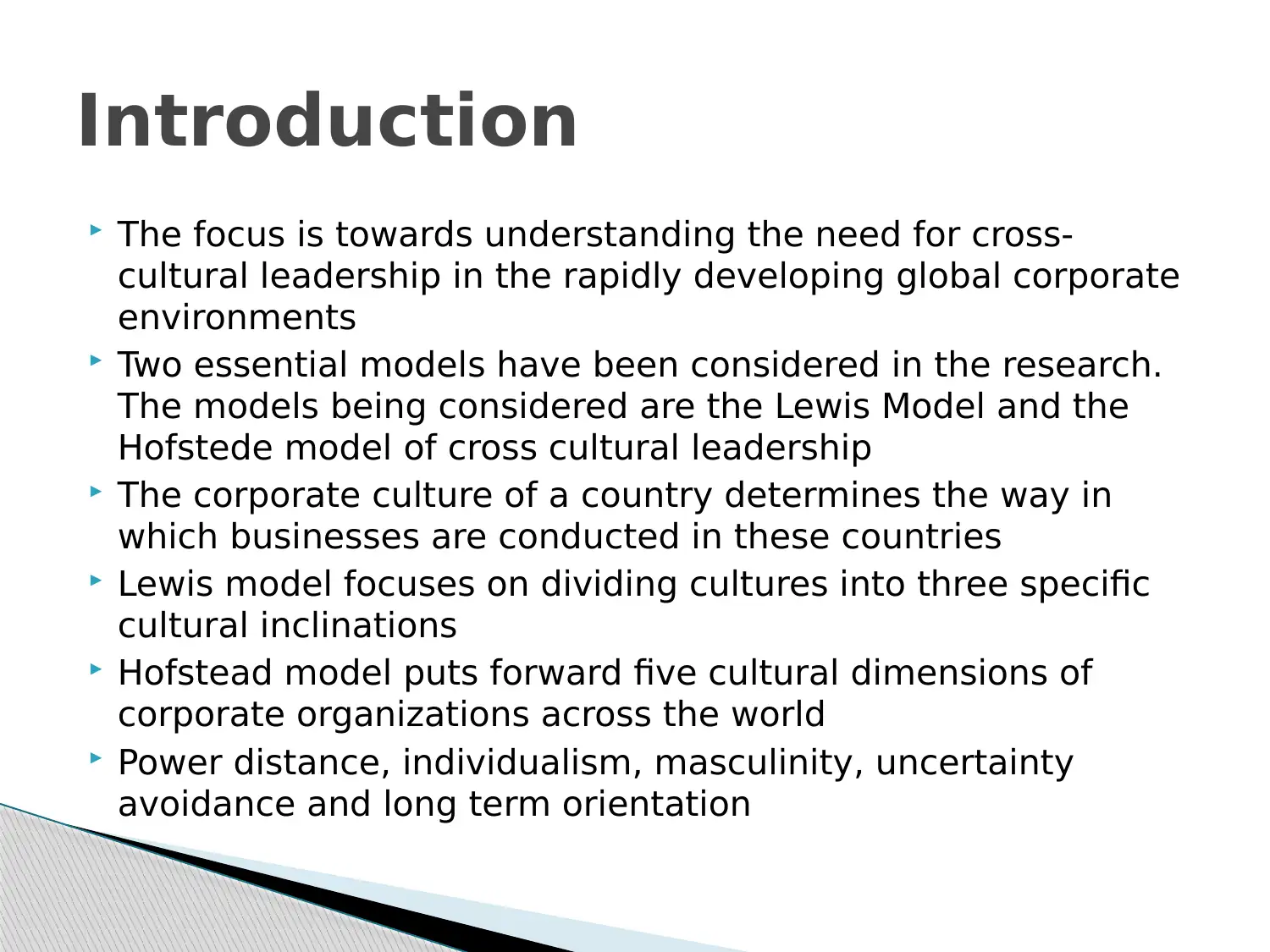
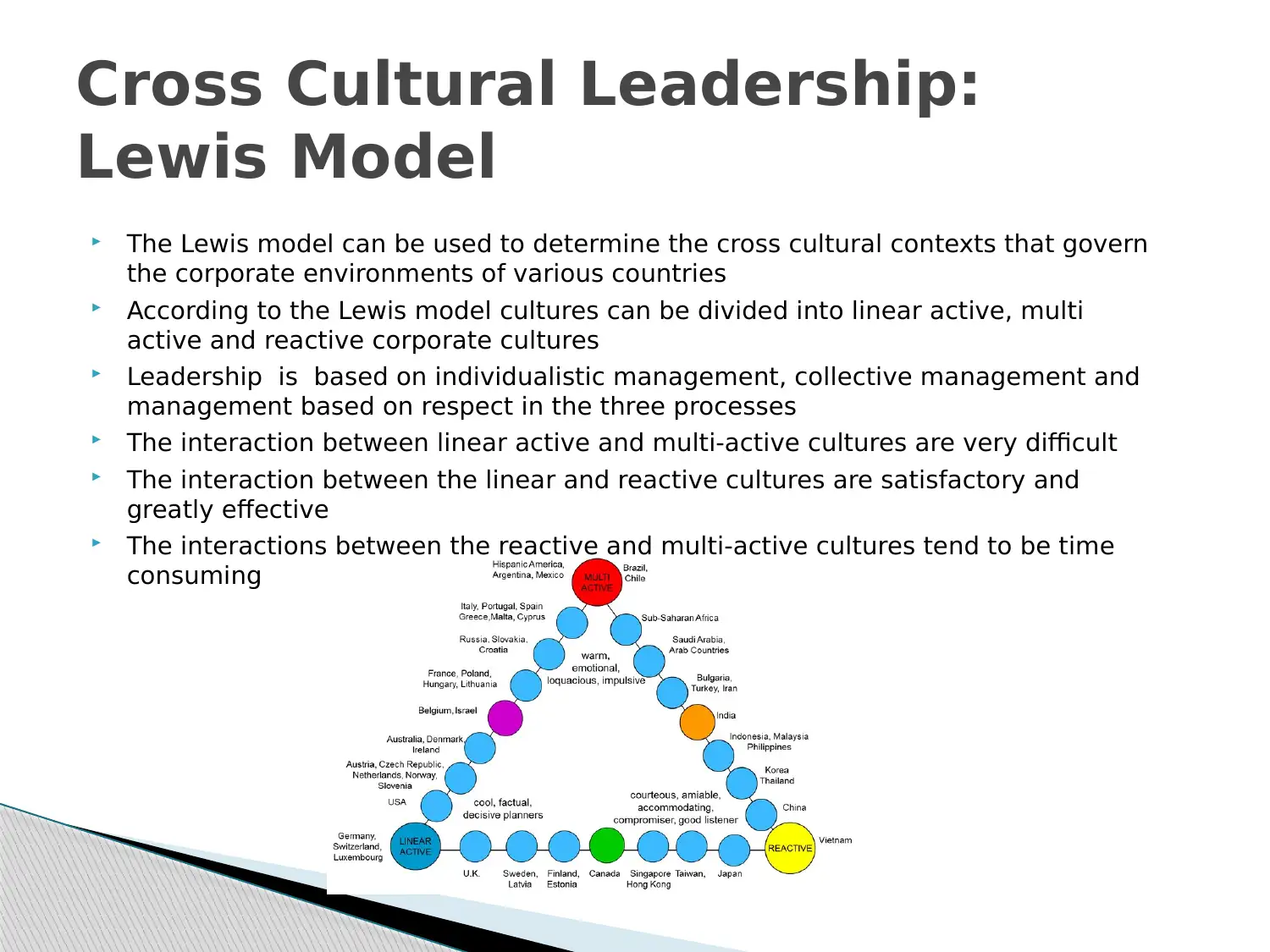

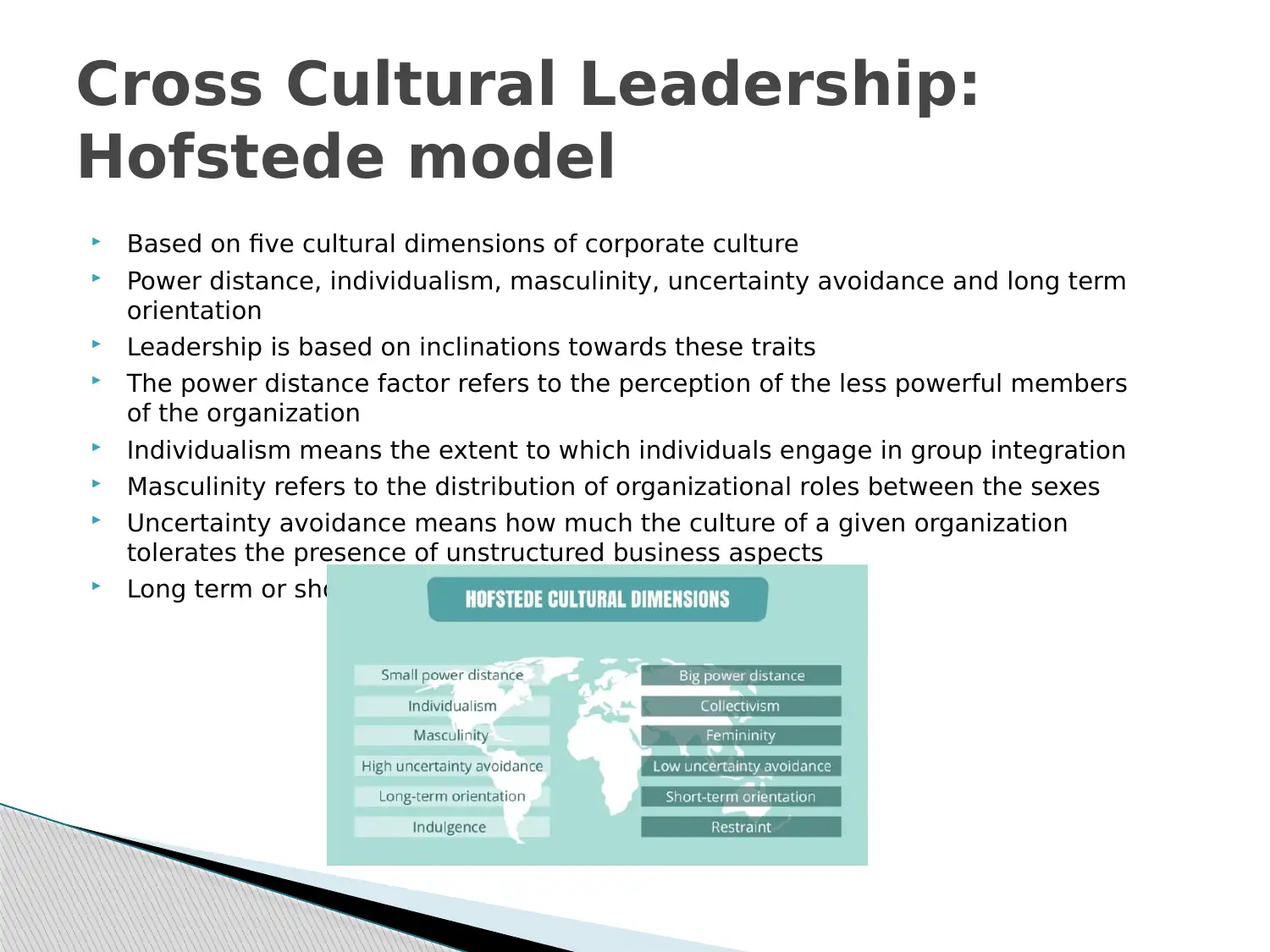
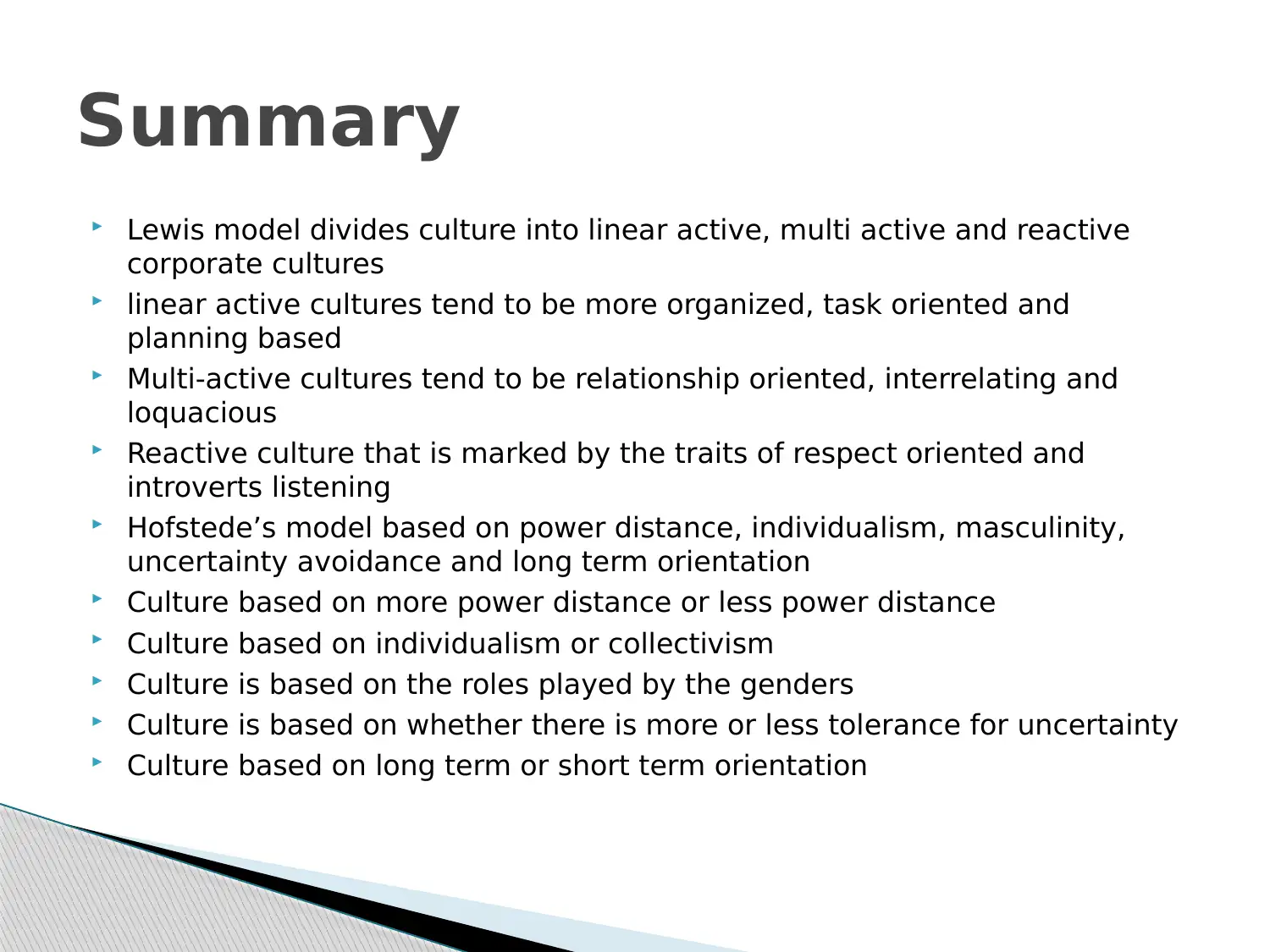
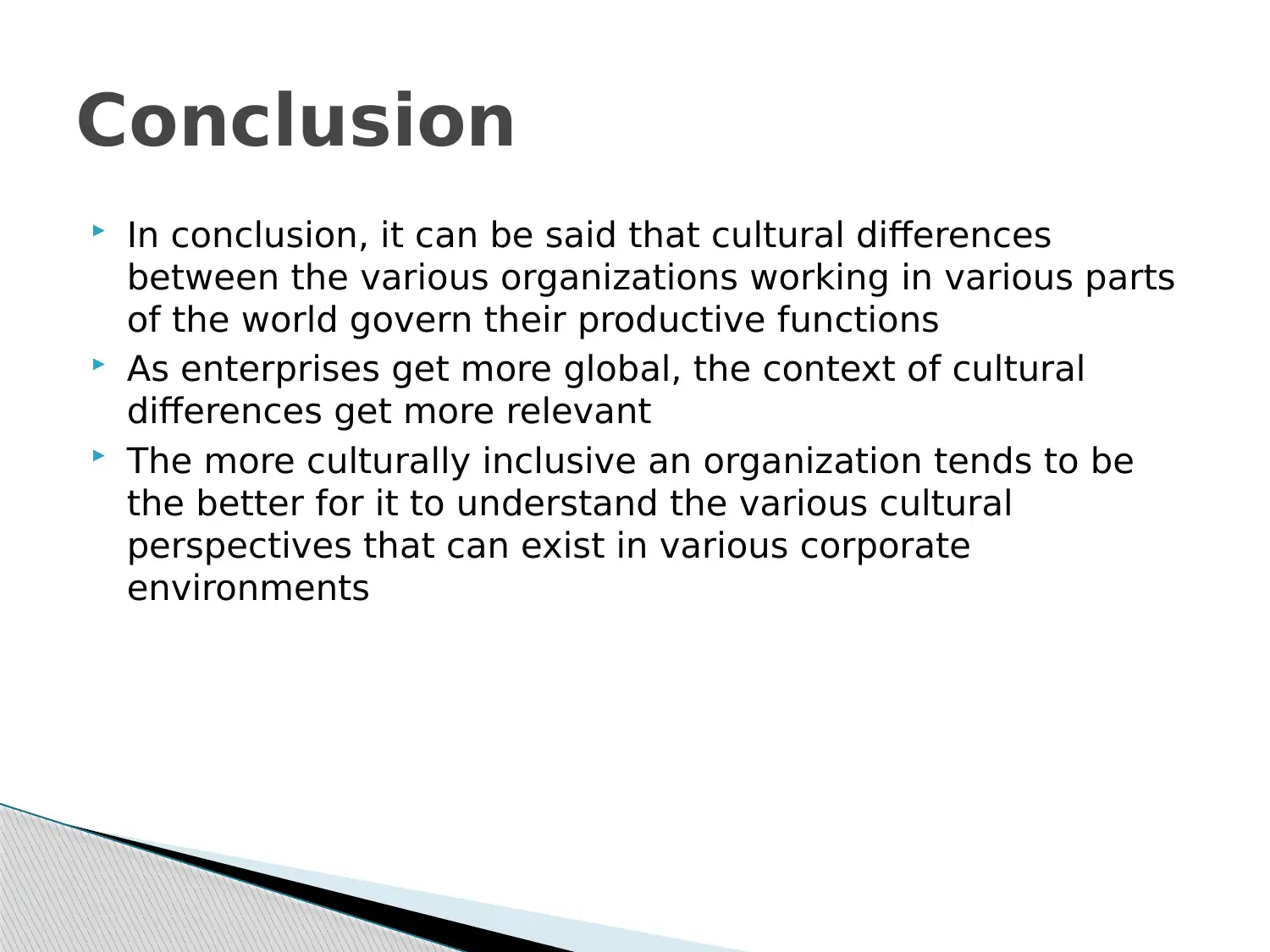
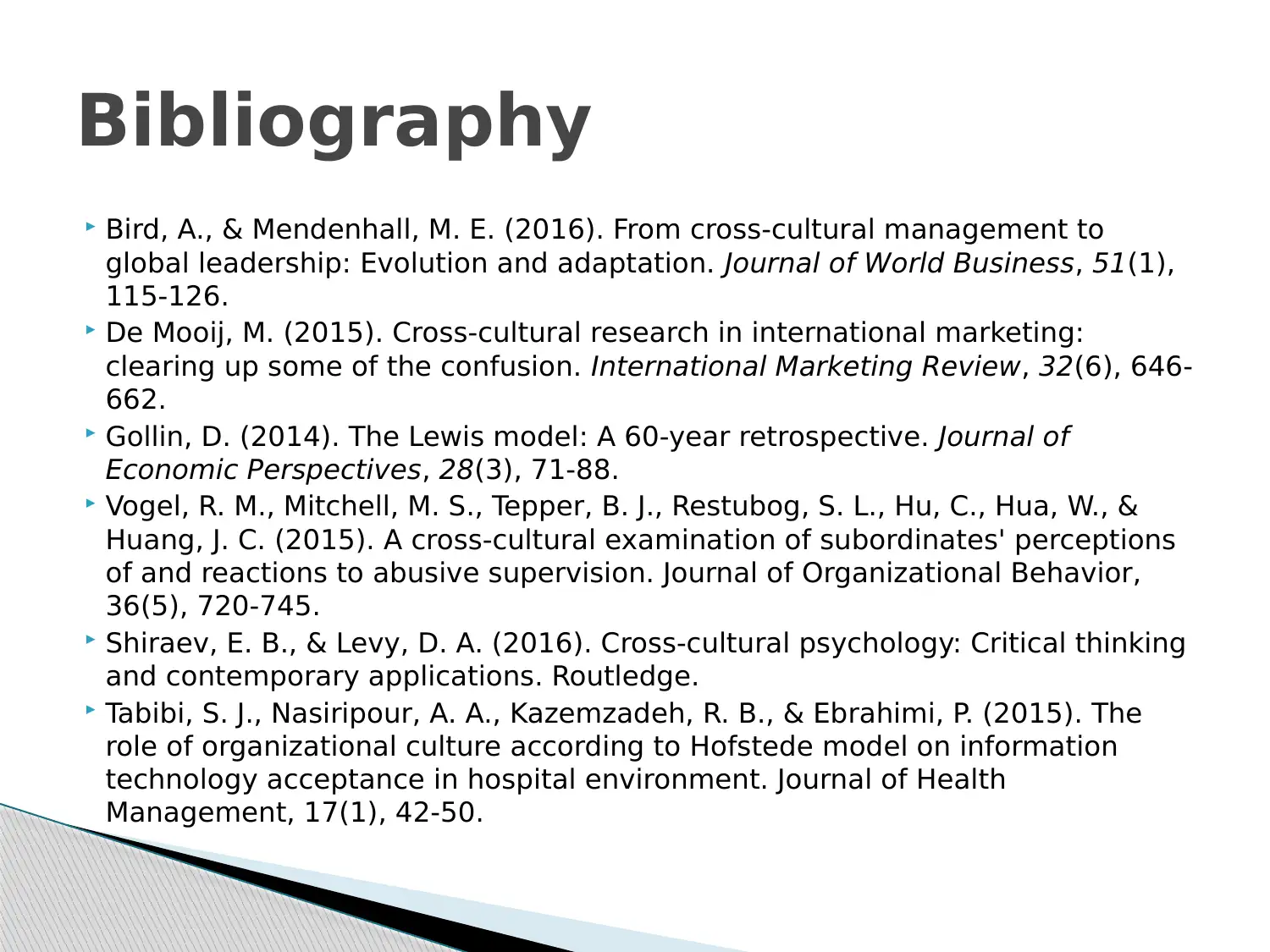







![[object Object]](/_next/static/media/star-bottom.7253800d.svg)